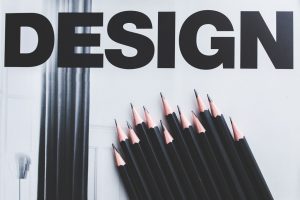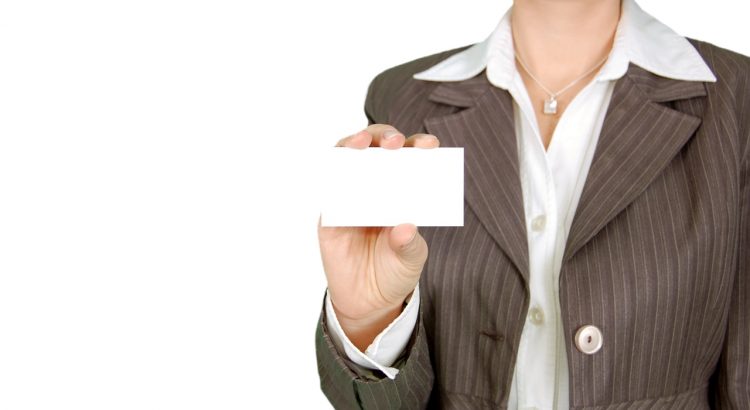As an artistic designer, you have the capacity to create an exceptionally distinctive business cards, which recipients will hold onto for months (or even years!) Needless to say, most cards seem so much alike, and it’s easy to get stuck in a creative rut. You will want to break out of the box, and that’s why we have made this step-by-step guide that will help you design the perfect card.
Plan ahead
It’s ideal to begin with a little research so that you know what to place on the company card. Speak with your client about their targets and complete a creative brief. After that, collect templates or actual business cards to use for inspiration–you will find loads of internet design galleries, like Behance–and analyze each one. Which concepts may help you meet your design objectives? Which ones won’t?
Choose contact information
As soon as you’ve got a basic idea, place it aside. You want to finalize the card message–beginning with contact info. Choosing the ideal information can be a real challenge because people connect in so many ways; numbers, emails, and websites are a few good contacts to add.
Pick the material
You have heard the expression, “The medium is the message.” How you present your customer’s information is every bit as important as the information itself. To stand out, you might want to go for something more unconventional than cheap, flimsy paper.
One possible drawback with unconventional materials is that you drop plenty of practicality and professionalism, while classic newspaper is more reassuring and anticipated. If your client would like to stick with a conventional paper card, suggest they invest in sturdy paper–involving 14-point and 24-point– their card will not look cheap or tear easily.
Recycled paper is a superb way to reinforce an eco friendly customer’s message. But even if they are not “green,” this alternative is still worth mentioning. Folks throw out over 9 billion business cards each year, and printing on recycled paper helps reduce this waste. It will not just help your customer’s image; it will help the planet.
Textured materials
Paper could be textured through embossing or a exceptional inventory, but imagine how amazed someone is to be given a business card made from quilted leather, wood, or even sandpaper. It seems weird, but feel creates a completely different experience. Engaging more than one sense makes the card and its owner–easier to recall. This card could then even be considered as your very own business stationary!
Choose an imprint method
To a large extent, the sort of material you choose will dictate your imprint choices; you would not wish to print non-edible ink onto a piece of beef jerky, of course. Unusual mediums such as metal can only be imprinted in one way, but printing on paper opens up you to many diverse options, which range from vibrant ink into shiny, metallic foil. If printing near Melbourne, melbourne city print has everything to print your perfect business card.
Foil stamping
With this procedure, your card is stamped with slick, smooth transparency in your choice of colour. Both metallic and non-metallic foils can be found, so you don’t necessarily have to use shiny silver or gold; you may go with a sleek matte red, rather.
 Embossing/Debossing
Embossing/Debossing
Your layout is physically raised (embossed) or recessed (debossed) to the company card’s stock. This technique is commonly used in conjunction with other methods; for instance, an embossed foil effect indicates elegance and class. Take care when embossing text; when the words are too small or if you do not use ink or foil to accentuate them, they won’t be readable.
Colour is extremely important to your design, especially considering that individuals keep vibrant business cards ten times more than ordinary black-and-white ones. The best colors for company cards are black backgrounds or pops of red because they stand out the most. Having said that, the colors that catch the most attention will not always match your customer’s needs.
Prep for printing
Contrary to popular belief, a thriving print run isn’t only the printer’s duty. As a designer, you have the capability to make the process much smoother. Communicate with the printer when you are going to print out your business stationary or business cards, and prepare the company card art for optimal printing–particularly when designing for yourself or for inexperienced customers. For a reliable printing company in Melbourne, Dinkums printing melbourne has all your needs to print off successful business cards and stationary.
 Bleeds, boundaries and secure areas
Bleeds, boundaries and secure areas
Small inconsistencies can happen when goods are die cut after they have been printed. It is not noticeable in most situations, but it sticks out like a sore thumb on a little solution, where one wrong cut may ruin a complete design. Safeguard your layout by adding at least a 3mm bleed area. To be safe, make sure all components are inside a “safe place”–usually 5mm from the edge of the card, and will prevent the use of boundaries, which are most likely to be lopped off unevenly.
One final thought
Among the best parts of your job as a designer is that you could stone people’s expectations. Rather than the same old boring designs, you can make an entirely unconventional business card that individuals might want to hold onto for ages. That kind of card isn’t only an investment in the company it represents. It isn’t only an expansion of the cardholder’s character. A really phenomenal business card is one which begins a conversation, and keeps it moving.

